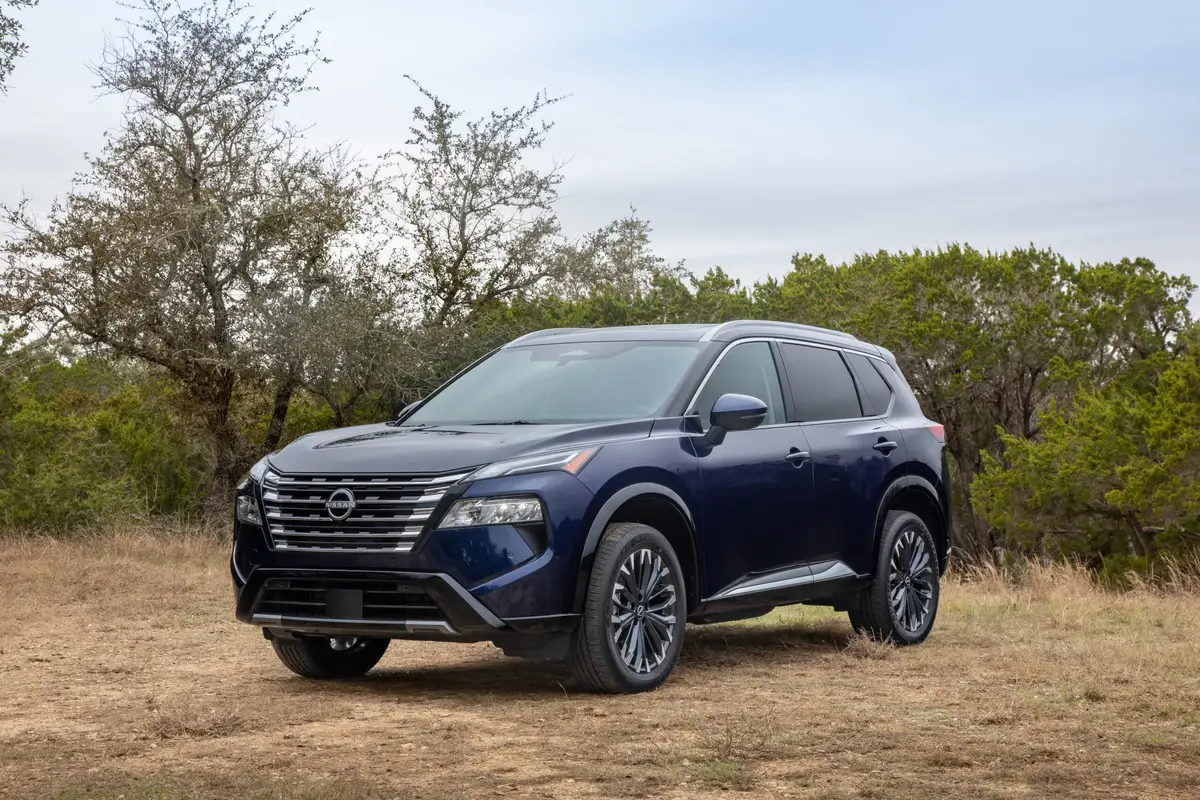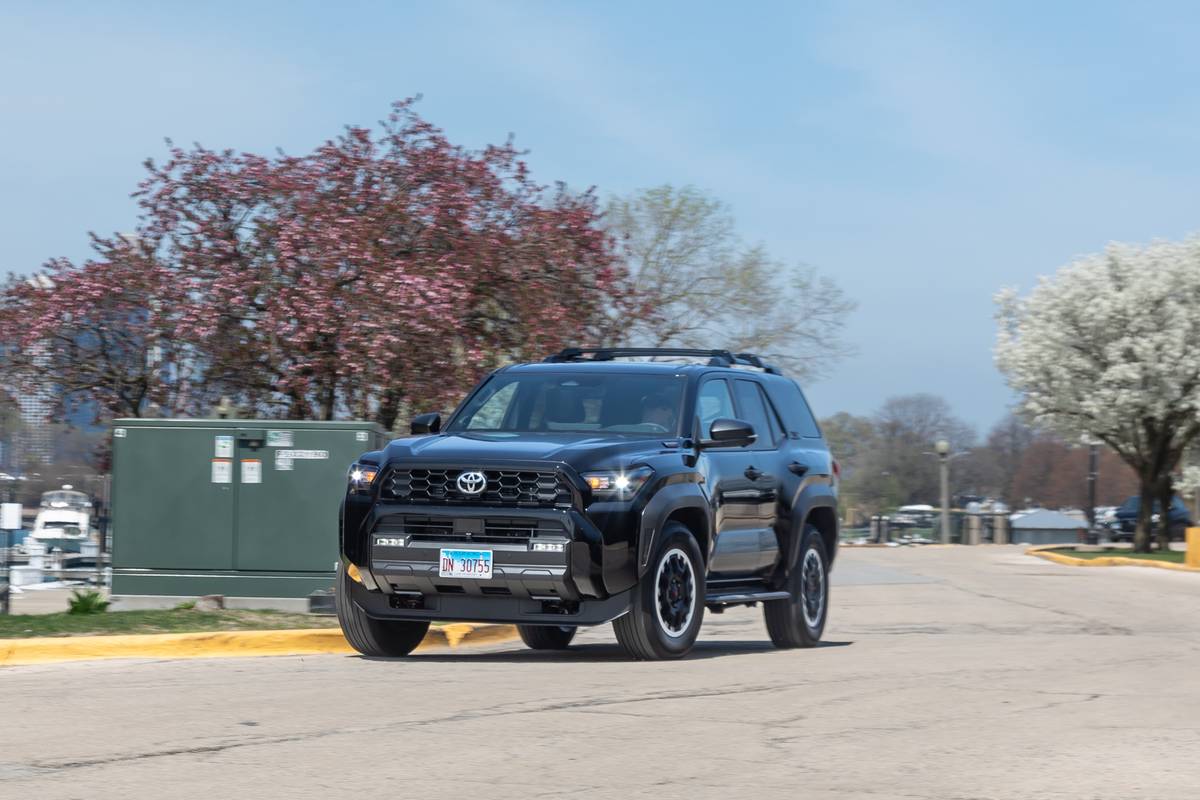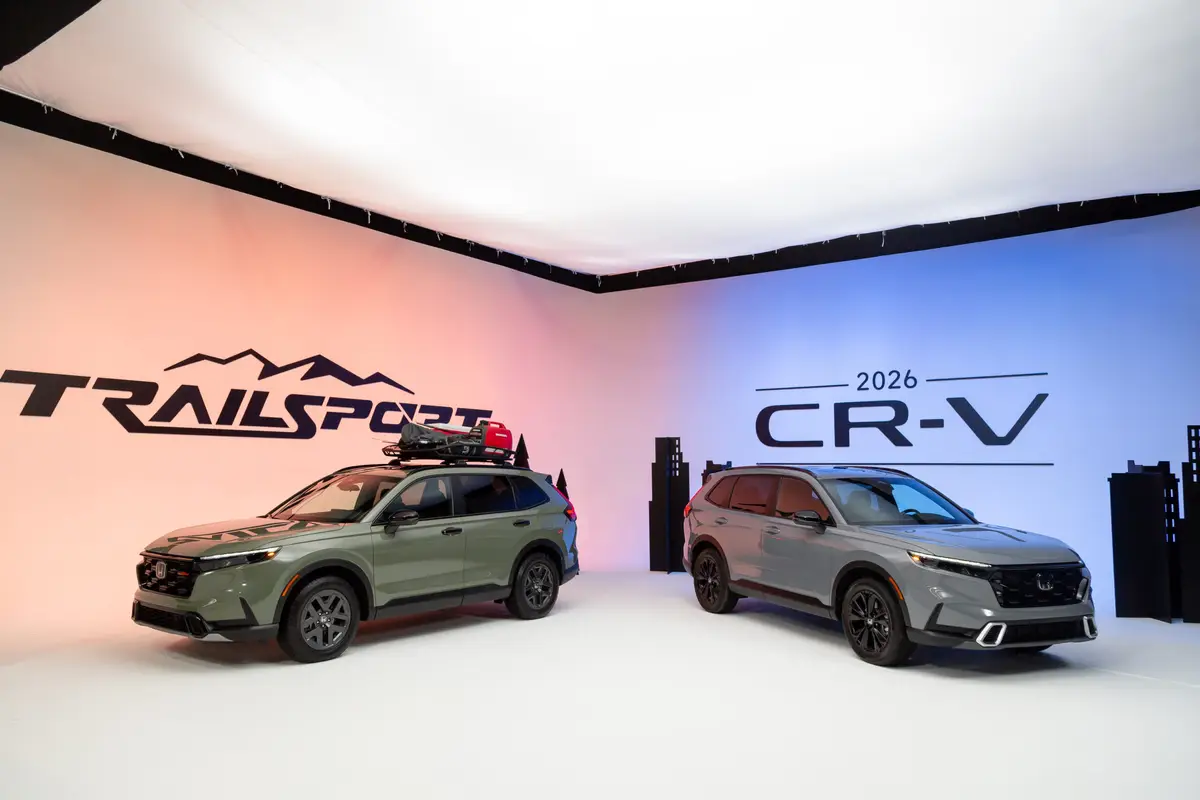Orlando Sentinel's view
When I saw the 2006 Jeep Commander at a sneak-peek session early this year, I was a little disappointed: I had hoped that the new model would resemble the Jeep Commander concept vehicle that made the auto show circuit in 1999 and 2000.
That concept was supposedly powered by a hydrogen fuel cell — technology that is a decade or two away — but its exterior styling was pleasantly swoopy and purposeful for a big sport ute. We thought that might signal the future of Jeep design, albeit with a conventional gas-powered engine.
No such luck. Jeep chose a much more traditional inspiration for the 2006 Commander: the 1984 Jeep Cherokee. Whether you think that Cherokee was a classic design likely influences your appreciation for the 2006 Jeep Commander, which looks like a great big Cherokee.
Styling aside, Jeep is on firm ground with the Commander. Essentially, the company took the Grand Cherokee platform, designed a new-old body and gave it an extra row of seats. Jeep dealers have long been tired of losing customers who need to haul more than five passengers to other manufacturers, so it’s overdue.
The Jeep Commander’s looks grow on you. It’s 2 inches longer and about 4 inches taller than the Grand Cherokee, but its wheelbase, at 109.5 inches, is the same.
That extra height is there to make the middle and rear seats friendlier. The roof steps up more than 3 inches just behind the front seats, effectively hidden by the standard roof rack. It means ample headroom for all three rows, even though the second- and third-row seats are raised theater-style. Five 6-footers will fit nicely in the front and middle rows, but as for the two passengers in the rear, the shorter they are, the happier they will be.
The front bucket seats are wide and pretty flat, similar to the seats of the target demographic — age 35 to 50, 85-percent married, 55-percent male, 62-percent college graduates. There are two models: the Commander and the heavily chromed Commander Limited. Inside, the Limited packs heated front seats plus leather upholstery, a premium stereo with six Boston Acoustics speakers, Sirius satellite radio, power-adjustable pedals and the usual other luxury features.
This does not mean that the regular Commander is down-market. It is well-appointed, and options such as a navigation system, rear-seat DVD player, hands-free communications and rear air conditioning can dress it up to near Limited standards.
As with the interior, the base Commander doesn’t look down-market outside, either. In some colors, I prefer it to the Limited, which has a chrome grille, side molding and rear grab handles. Big, industrial-sized exterior door handles add to the son-of-Cherokee look.
Standard are 17-inch Goodyear radials with cast-aluminum wheels that look pretty nice — a full-size matching spare is included. Chrome wheels are a Limited option.
The entry-level Commander, which carries a sub-$28,000 list price with shipping, is a rear-drive model with a 210-horsepower, 3.7-liter V-6. A five-speed automatic transmission is standard across the board. Next step up is a 235-horsepower, 4.7-liter V-8, and at the top is a 330-horse, 5.7-liter Hemi V-8.
The 3.7-liter V-6 performs far better than you would think. Even with four-wheel drive — and an EPA rating of 17 miles per gallon city, 21 highway — there’s enough pep to make it worth considering, so long as you don’t need to tow more than 3,500 pounds. The 4.7-liter V-8 has a lot more punch off the line and can tow 6,500 pounds.
Worthy of envy is the Hemi and its 375 pound-feet of torque; it can tow 7,200 pounds and has all kinds of acceleration. It also has the Multi-Displacement System (MDS), which shuts down half the cylinders to save gas when they aren’t needed.
The Commander’s solid rear axle manages bumps and potholes about as well as any, and the independent front suspension gives you above-average road feel and a good ride. For such a tall vehicle, the Commander doesn’t feel tipsy, even when you are cornering more sharply than the tires would prefer. Every Commander, incidentally, gets electronic stability control, anti-lock brakes with BrakeAssist, and side-curtain air bags that cover all three rows.
Like most Jeeps, the Commander has a relatively high waistline, but you don’t get the feeling you’re that far off the ground. The front seats need more side support, but otherwise, they’re fine, even for long stints. There’s nothing alarming or complex about the instruments and controls. With an overall length of just 188.5 inches — more than 10 inches shorter than a Chrysler Pacifica — the Commander doesn’t feel ungainly around town.
The Commander is pretty big for serious off-roading, but Jeep insists that the Commander, appropriately equipped, is “trail rated.” There are three available four-wheel-drive systems: The base is Quadra-Trac I, with the convenience of full-time all-wheel drive and a single-speed transfer case. Quadra-Trac II has a new two-speed active transfer case, and Quadra-Drive II has front and rear electronic limited-slip differentials and pretty much every trick Jeep has up its 4×4 sleeve. When slippage is detected, 100 percent of the power can be sent to an individual wheel with traction.
I tried some off-roading with the Commander, and though it is certainly capable, it isn’t all that much fun. The throttle seemed overly sensitive for rock crawling, and a little more ground clearance would be nice, but for a seven-passenger SUV, it’s certainly capable of getting you there.
The 2006 Jeep Commander’s list prices start at $27,985. Get four-wheel drive with the V-6, and you’re up to $29,985. The Limited starts at $36,280 with the 4.7-liter V-8 (EPA ratings: 15 mpg city, 20 highway), and $38,900 if you want four-wheel drive. The Hemi starts at $40,395, with Quadra-Drive II as standard. EPA ratings are 14 mpg city, 19 highway.
Undeniably, Jeep needs the Commander, but if gas prices continue to climb, the company may have a challenge ahead of it to convince customers that bigger is better. We’ll know soon enough: The Commander should be at a dealer near you within a month.
Sentinel Automotive Editor Steven Cole Smithcan be reached at scsmith@orlandosentinel.com, or 407-420-5699.
Latest news

10 Biggest News Stories of the Week: Nissan Rogue Does Best; Hyundai Palisade, Subaru Outback FTW


